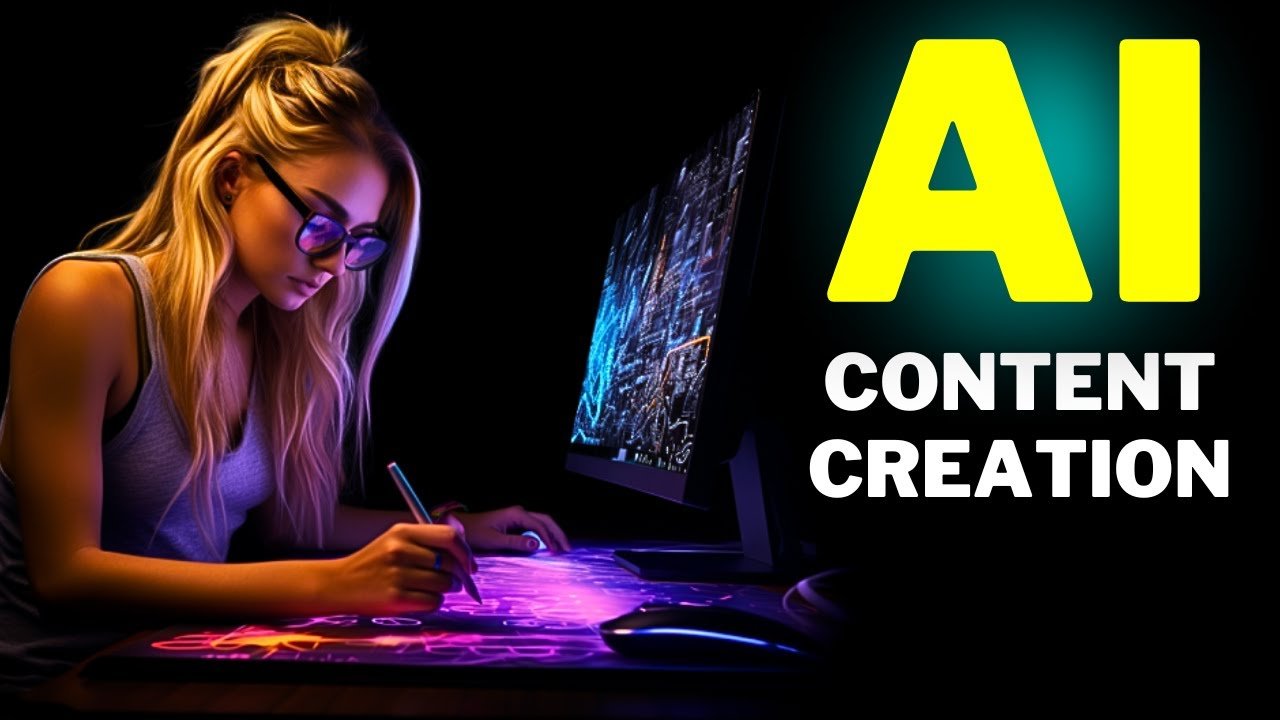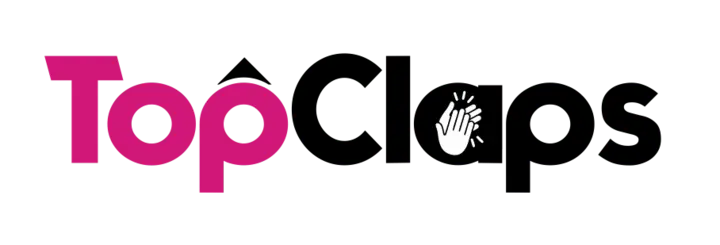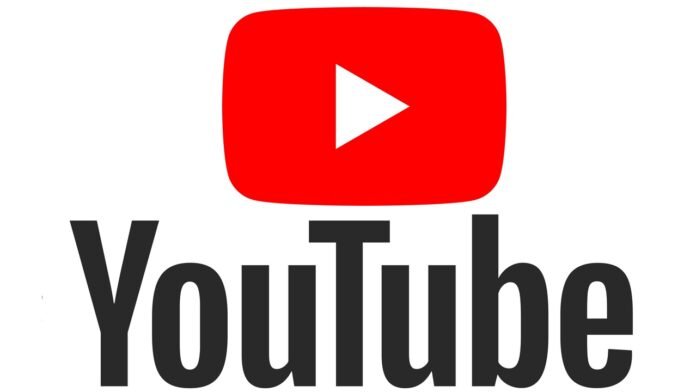Meta is not the only company grappling with the rise in AI-generated content and how it affects its platform. YouTube also quietly rolled out a policy change in June that will allow people to request the takedown of AI-generated or other synthetic content that simulates their face or voice. The change will enable people to request the removal of this type of AI content under YouTube’s privacy request process. It’s an expansion of its previously announced approach to a responsible AI agenda that was first introduced in November.
YouTube New Policy for Privacy Violations
Instead of requesting the content be taken down because it is misleading, like a deepfake, YouTube wants the affected parties to request the content’s removal directly as a privacy violation. According to YouTube’s recently updated Help documentation, it requires first-party claims outside a handful of exceptions, like when the affected individual is a minor, doesn’t have access to a computer, is deceased, or other exceptions.
Evaluation Criteria
However, simply submitting the request for a takedown doesn’t necessarily mean the content will be removed. YouTube cautions that it will judge the complaint based on various factors.
For instance, it may consider if the content is disclosed as being synthetic or made with AI, whether it uniquely identifies a person, and whether the content could be regarded as parody, satire, or something else of value and in the public’s interest. The company additionally notes that it may consider whether the AI content features a public figure or other well-known individual and whether or not it shows them engaging in “sensitive behavior” like criminal activity, violence, or endorsing a product or political candidate. The latter is particularly concerning in an election year, where AI-generated endorsements could swing votes.
Takedown Process
YouTube says it will also give the content’s uploader 48 hours to act on the complaint. The complaint is closed if the content is removed before that time has passed. Otherwise, YouTube will initiate a review. The company also warns users that removal means removing the video from the site. Remove the individual’s name and personal information from the video’s title, description, and tags if applicable. Users can also blur out people’s faces in their videos, but they can’t simply make the video private to comply with the removal request, as the video could be set back to public status at any time.
Disclosure and Context Tools YouTube
The company didn’t broadly advertise the policy change. However, in March, it introduced a tool in Creator Studio that allowed creators to disclose. When realistic-looking content was made with altered or synthetic media, including generative AI. More recently, it began a test of a feature that would allow users to add crowdsourced notes. That provides additional context to videos, like whether it’s meant to be a parody or if it’s misleading in some way.
YouTube’s Stance on AI
YouTube is not against the use of AI. It has already experimented with generative AI, including a comments summary, a conversational tool for asking questions about a video and getting recommendations. However, the company has previously warned that simply labeling AI content as such won’t necessarily protect it from removal. It will still have to comply with YouTube’s Community Guidelines YouTube Feature.

YouTube Privacy Complaints and Creator Impact
Regarding privacy complaints over AI material, YouTube will not penalize the original content creator. “For creators, if you receive notice of a privacy complaint, remember that privacy violations are separate from Community Guidelines strikes. A company representative said last month that receiving a privacy complaint will not automatically result in a strike. The YouTube Community site, where the company updates creators directly on new policies and features.
In other words, YouTube’s privacy guidelines differ from its community’s. Some content may be removed from YouTube due to a privacy request, even if it does not violate the community guidelines. The company won’t apply a penalty, like an upload restriction, when a creator’s video is removed following a privacy complaint. YouTube tells us it may take action against accounts with repeated violations.


